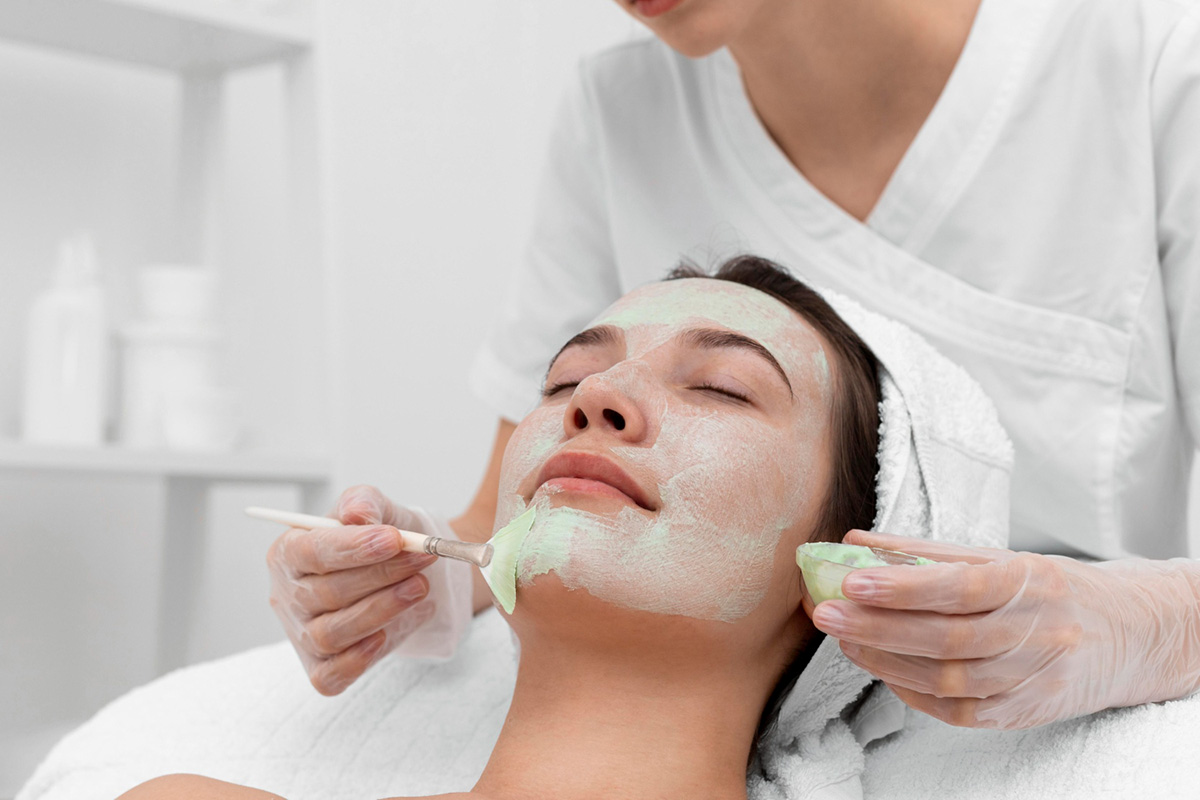Everything You Need to Know About Chemical Peels

Chemical peels have become a popular beauty treatment for those looking to rejuvenate and revitalize their skin. The procedure involves the application of a chemical solution on the skin's surface to remove dead skin cells, reduce the appearance of fine lines, scars, and blemishes, and stimulate the production of collagen. If you're considering getting a chemical peel in Dr. Phillips, FL, you may have some questions about what to expect during this procedure. In this blog post, we'll cover everything you need to know about chemical peels to help you make an informed decision before booking an appointment.
1. Types of Chemical Peels
There are three types of chemical peels: superficial, medium-depth, and deep. Superficial peels are the mildest and use a mild acid, such as glycolic acid, to exfoliate the outer layer of the skin. Medium-depth peels use a stronger acid, such as trichloroacetic acid (TCA), to penetrate deeper into the skin's surface for more noticeable results. Deep peels are the strongest and use phenol acid to remove severe wrinkles, acne scars, and sun damage. Your skin type and the concerns you want to address will determine the type of chemical peel best suited for you.
2. Preparing for a Chemical Peel
Before getting a chemical peel, you'll need to prepare your skin by avoiding waxing, electrolysis, and using any harsh exfoliants or skin care products that can irritate your skin. You may be asked to stop using specific medications like retinoids, antibiotics, or acne medications a few weeks before the procedure. You should also avoid direct sunlight and apply sunscreen daily to reduce the risk of sunburn after the treatment.
3. The Chemical Peel Procedure
The procedure usually takes 30-60 minutes, depending on the type of peel. During the procedure, your skin will be cleansed, and the chemical solution will be applied to your face. You may experience a slight burning or tingling sensation that subsides after a few minutes. The acid solution is left on the skin for a specific time, depending on the strength of the peel and your skin's sensitivity before it is neutralized with water. After the solution is washed off, a soothing ointment or cream is applied to your skin to alleviate any discomfort.
4. Aftercare
Aftercare is crucial to achieving the best results from your chemical peel and avoiding complications or side effects. You may experience some redness, peeling, or flaking from the procedure for a few days, which is normal. Avoid picking or scratching at your skin to prevent infection or scarring. Apply a moisturizer recommended by your dermatologist, and stay hydrated to keep your skin hydrated. Avoid direct sunlight, and wear sunscreen to protect your skin from harmful UV rays.
5. Results
The results of a chemical peel will vary depending on the type of peel and your skin's condition. You may see an improvement in your skin's texture, tone, and clarity after just one peel. However, deeper concerns may require several treatments for optimal results. Your dermatologist can recommend the best treatment plan for you to achieve your desired results.
Conclusion
Chemical peels are an effective way to achieve smoother, brighter, and younger-looking skin. However, it's essential to understand the procedure's process, risks, and results before deciding to have one. If you're looking for a chemical peel in Dr. Phillips, FL, Vamped Aesthetics & Design can help you achieve your dream skin. Our team of experienced professionals will guide you through the entire process and provide you with the best recommendations tailored to your skin's unique needs. Book an appointment with us today and discover the beauty of chemical peels.